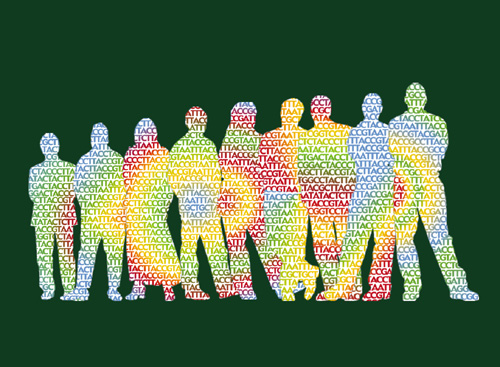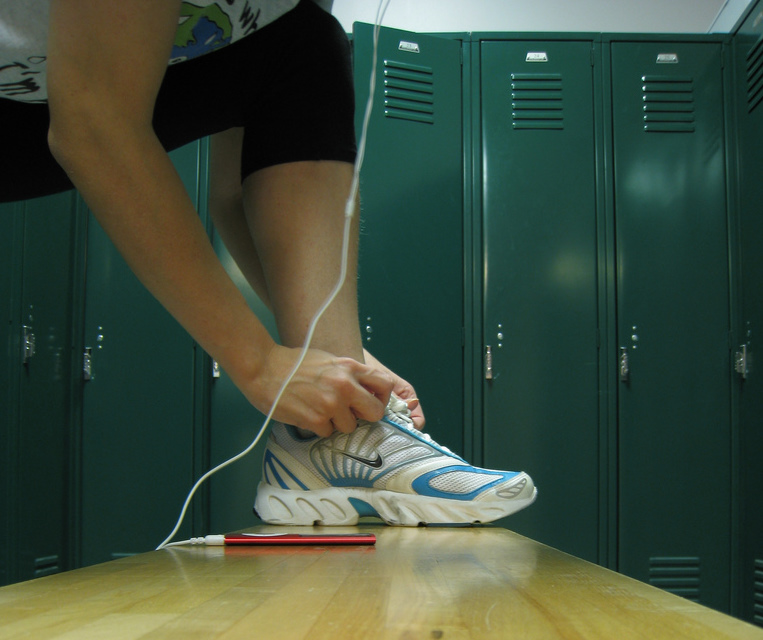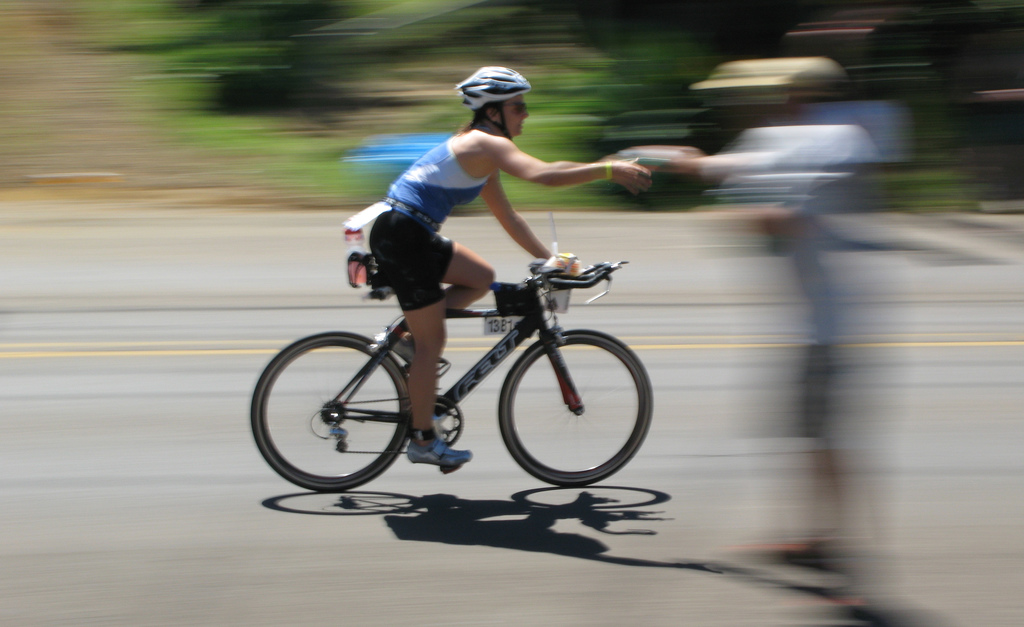Wearable Tech for all Creatures Great and Small

“Hello, ma’am. Are you interested in AI?” The weathered gentleman in the cowboy hat greeted me as I ambled by his wearable tech booth. He wasn’t referring to artificial intelligence; he was referring to artificial insemination. In cows.
The setting wasn’t a neon exhibit hall at a huge tech conference in Vegas. It was a dusty concourse at the National Western Stock Show in my hometown of Denver. Wearable tech has migrated from the tech halls to the rodeo pavilions. And it’s moved from the gyms to the grasslands.
While dog trackers that measure frolic indexes have been around for a while, they just scratch the surface of what’s going on in animal tracking. Wearable tech for animals is big business and growing by leaps and bounds. Marketing analysts point out the popularity of pet trackers and the growth of dairy and meat producing countries. Scientists are noting the importance of biologging and biotelemetry, and speak of quorum sensing and a global animal collective.
It’s been estimated that there are about 7.77 million species of animals on Earth. When the estimate was made, in 2011, about 953,500 species had been described and cataloged. So essentially we have several million species to track that have yet to even be described!
Wearable tech will be used to track animals including pets, livestock, and endangered species. The tracking of animals will be integrated with environmental tracking (weather patterns, temperature, light, chemicals and pH, depth/altitude). It will play an essential role in food supply, conservation efforts, understanding physiology (e.g. hibernation metabolism), anticipating natural disasters, and predicting disease outbreaks.
Roll over, Quantified Self. Make way for Quantified Earth!
This post and presentation provide a more in-depth and expanded version of an invited talk given at the International Conference on Ambulatory Monitoring of Physical Activity and Movement (ICAMPAM) in Limerick, Ireland.
Popular related posts
The Future of Activity Monitoring: Innovating Beyond Steps, Sleep, and Speed
What if Wearable Tech was like Press-on Nails?
Battle of the Bands: Jawbone UP Vs. 3M Tegaderm Band-Aid
Self-tracking meets ready-to-wear: Make room in your closet for smart clothes
Is your activity tracking gadget accurate? Do you care?
References, resources, and recommended reading
- The golden age of bio-logging: how animal-borne sensors are advancing the frontiers of ecology. Wilmers CC, et al., Ecology. 2015 Jul;96(7):1741-53.
- Terrestrial animal tracking as an eye on life and planet. Kays, R. et al., Science, 12 June 2015, 248 (6240).
- How many species are there on earth and in the ocean? Mora, C., et al., PLoS Biol. 9, e1001127, 2011.
- Catalogue of Life (online database of world’s known species of animals, plants, fungi and micro-organisms)
- Ecology and neurophysiology of sleep in two wild sloth species. B. Voirin, B., et al, Sleep. 2014 Apr 1; 37(4).
- Sleeping outside the box: electroencephalographic measures of sleep in sloths inhabiting a rainforest. Rattenborg, NC, et al. Biology Letters, 4(4), 2008.
- Linking animal-borne video to accelerometers reveals prey capture variability. Watanabe, YY, et al, PNAS, 110(6), 2013.
- Testing optimal foraging theory in a penguin–krill system. Watanabe, YY, et al, Proc. Royal Society B, 281(1779), 2014.
- Wearable Technology for Animals 2015-2025: Technologies, Markets, Forecasts
- Wearable-Tech Market for Pets Expected to Reach $2.6 Billion by 2025
- Veterinary Wearable Electronics Market Assessment & Forecast: 2015-2019
Trackers:
Dog trackers: Fujitsu Wandant, Fitbark, Whistle, Tractive GPS, Pettag+ PAHW, WonderWoof
Cows: SRC cow monitoring systems, Sense-T Beef and Dairy Optimisation Project, Wandering Shepherd Wireless Rumen Bolus, Estrodetect Heat Detector
Oyster: Bio-sensor
Sharks and fish: Western Australia Dept of Fisheries Shark Alert System, overview of electronic tags
Horses: Equisense, E-Trakka
Bees: swarm sensing
(Note: this is a very small sampling of the trackers and the animals that are being tracked. If it moves, it’s probably being tracked!)
Images in talk
Earth, Chris Jupin on Flickr
Cows, pascalk on Flickr
Oysters, Justin Marx on Flickr
Horse: lunzygras on Flickr
Horse jumping, Gordon Dionne on Flickr
Sloth, Thowra_uk on Flickr
Penquins, Peterkbza on Flickr
Penquin, National Institute of Polar Research









Leave a Reply
Want to join the discussion?Feel free to contribute!